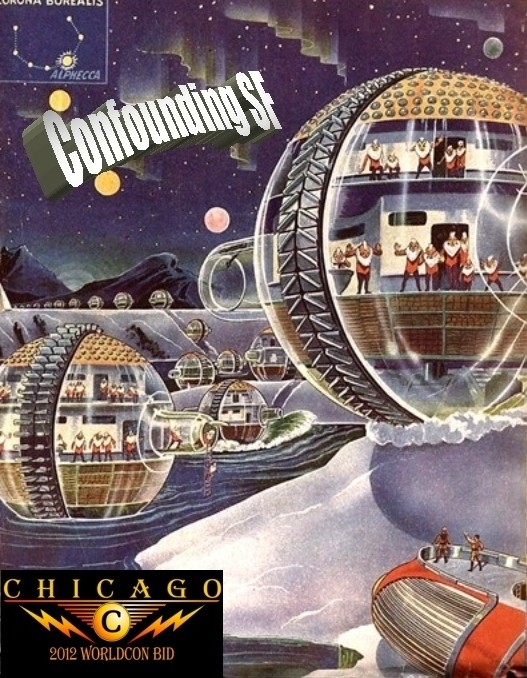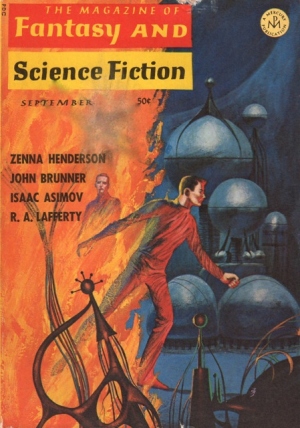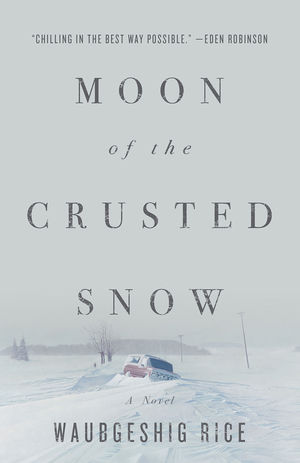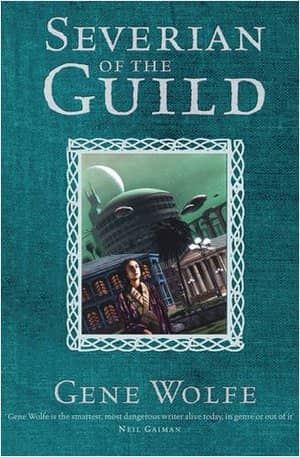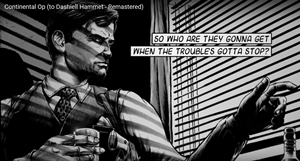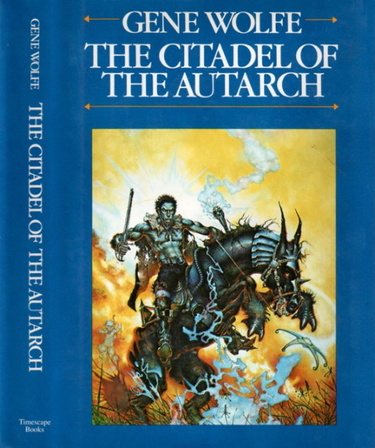A (Black) Gat in the Hand: Back Deck Pulp #4
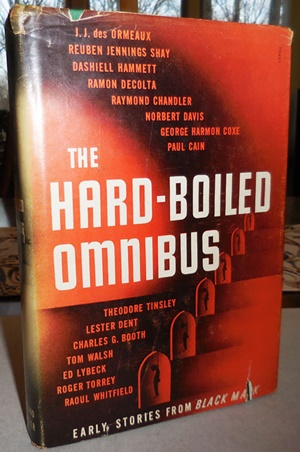 “You’re the second guy I’ve met within hours who seems to think a gat in the hand means a world by the tail.” – Phillip Marlowe in Raymond Chandler’s The Big Sleep
“You’re the second guy I’ve met within hours who seems to think a gat in the hand means a world by the tail.” – Phillip Marlowe in Raymond Chandler’s The Big Sleep
(Gat — Prohibition Era term for a gun. Shortened version of Gatling Gun)
Hopefully, by now, you know that I’ve done a slew of Facebook posts under the label, Back Deck Pulp, kind of cross-promoting this column. Especially since last week’s column was BDP #3! Below are some more of my Back Deck Pulp posts, collected by subject matter. I tried to share some interesting info. You be the judge! Here are links to BDP #1, and BDP #2.
In 1946, Simon & Schuster put out The Hard-Boiled Omnibus, an anthology of Black Mask stories, put together by the legendary Joseph ‘Cap’ Shaw. It is the Beeton’s Christmas Annual (the first appearance of Sherlock Holmes) of hardboiled. All such anthologies can point back to that initial volume.
HARD BOILED OMNIBUS
The Back Deck Pulp library now includes an original, 1946, hardback copy of The Hard Boiled Omnibus! You better believe there will be a A (Black) Gat in the Hand post on this bad boy! (I didn’t get around to writing that post. Maybe a 2019 special column…)
And I bought it from the current Black Mask rights holder and editor, Matt Moring. Most cool

